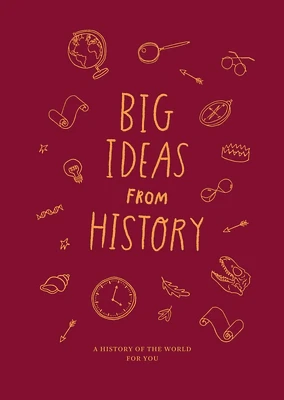Home
Corpus Rubenianum Ludwig Burchard: Subjects from History: The Constantine Series
Loading Inventory...
Barnes and Noble
Corpus Rubenianum Ludwig Burchard: Subjects from History: The Constantine Series
Current price: $145.00


Barnes and Noble
Corpus Rubenianum Ludwig Burchard: Subjects from History: The Constantine Series
Current price: $145.00
Loading Inventory...
Size: OS
*Product Information may vary - to confirm product availability, pricing, and additional information please contact Barnes and Noble
In 1622, Rubens designed his second tapestry series, The Story of Constantine, for which he executed twelve oil sketches, all of which are currently preserved in public and private collections in America and Europe. Tapestries produced after the lost cartoons, which were in turn painted after the oil sketches, were woven in the tapestry factories in the faubourgs of Saint Marcel and Saint Germain in Paris. Based on new archival research and a critical examination of the literature on the Constantine series, this book firmly embeds the genesis, and iconographical and stylistic features of the set in its specific artistic, manufactural, and commercial matrix, and thus develops the first truly inclusive approach to Rubens's Story of Constantine. Analysis of the entrepreneurial strategy of Marc Comans and Francois de la Planche, directors of the factory in the faubourg of Saint Marcel, the correspondence between Rubens and Peiresc, the provenance of the twelve oil sketches, and the iconographical programme reveals that the series was not commissioned by the French king Louis XIII, as has long been believed, but by Comans and de la Planche. A close reading of Rubens's primary literary source, Caesar Baronius's Annales Ecclesiastici, shows that the artist must have intended the twelve scenes to hang in a sequence different from the generally accepted one, though seventeenth-century buyers and viewers could have seen and interpreted the Constantine series quite differently, as their view was distorted by the jumble of Constantinian legends and motifs that had lodged in the cultural memory of Latin Christianity. Finally, the book explores the area of tension between the set's austere monumentality and highly sophisticated aesthetic, which was rooted in Rubens's profound knowledge of classical and Renaissance art and in his earlier forays into the free and creative application of these sources, contemporary French and Brussels tapestry sets, and the pictorial and decorative qualities, possibilities and challenges inherent in the medium itself.


















